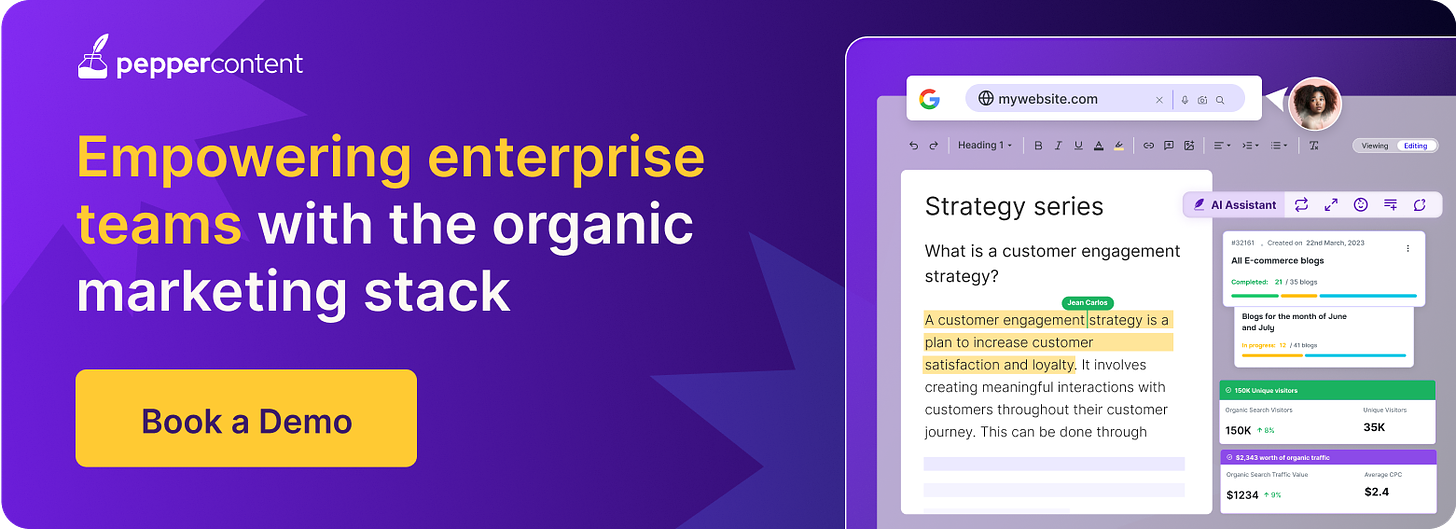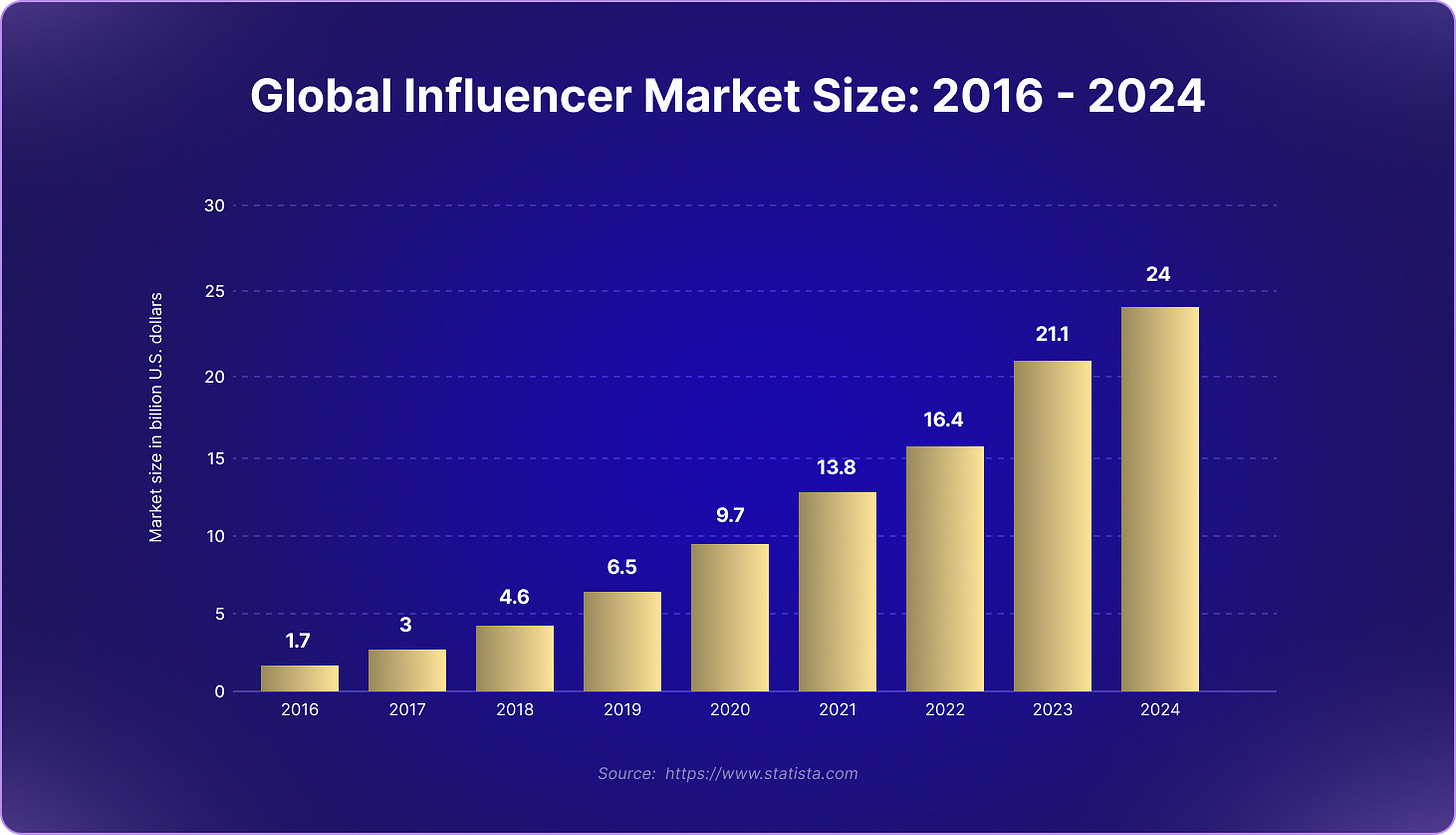Deep Research is worth the $200 for marketers and creatives
OpenAI's latest offering is like a savvy research assistant who's always on call (and sometimes on acid).
Joe Lazer is the best-selling author of The Storytelling Edge, the fractional head of content & comms at A.Team, and a senior advisor at Pepper.
Last Thursday night, I caved.
For days, I’d been inundated with posts from Ethan Mollick, author of Co-Intelligence, hyping up Deep Research, OpenAI’s latest launch. I like Mollick — his newsletter and book primed my AI education — but I’ve always found him to be a little bit in the bag for our AI overlords, eager to buy into the hype.
Yet, the examples he shared in his posts were compelling — like this 3,700-word research brief on when startups should transition to scaling, filled with reputable academic citations and solid analysis. When my friend Luke shared some crazy examples of how he was using it for his fractional CRO business, my curiosity got the best of me. So I took the plunge and upgraded my ChatGPT subscription to the $200/month “Pro” level to access Deep Research.
If you read my Substack, The Storytelling Edge, you know I think the AI bros and CEOs are generally full of crap. Too often, they’re talking up their own book to justify inflated valuations while dismissing the downstream impact AI will have on workers and creatives. GenAI’s hallucination problem is dangerously underestimated, but the tech also has the potential to be a gift to storytellers and creatives, automating tedious work so we can focus on telling truly great, human stories.
Deep Research seems like the first AI product that’s tailor-made to help us reach that better future.
Still, it’s not perfect. Accuracy remains a huge issue with AI search. A recent report by the BBC found that AI-generated answers about news stories contain significant errors 51% of the time. But the beauty of Deep Research is that it cites and links to all of its sources, like a hyper-prolific research assistant.
The downside is that you need to remember that your research assistant is usually on acid, and you have to double-check their output accordingly. You also need to prompt much more carefully to keep Deep Research from pulling answers from low-grade SEO spam or other questionable sources. (And it still will, sometimes.)
Despite its psychedelic tendencies, Deep Research is the kind of practical GenAI product that’s well worth $200 for writers, marketers, and creatives. It’s saving me hours on book research, content strategy analysis, competitive analysis, and client prep. Because at the end of the day, would I pay $200/month for a research assistant who’s micro-dosing — but available 24/7? I absolutely would, especially if they clued me in on where the cool Bushwick parties are these days.
The AI Hype Matrix maps the latest AI news stories across an unimpeachable scale of Hype (everyone is talking about this!) and Fear (will this kill my career? Will this kill EVERYONE?). Here’s a rundown of recent events.
AI's biggest players are having a moment of self-reflection. OpenAI is crying IP theft over DeepSeek's “inappropriate” use of their models, apparently forgetting the countless copyright lawsuits on their own plate. Then there’s Anthropic, maker of one of the world's most popular AI writing assistants, telling job applicants they shouldn’t use AI to write their applications.
But nobody’s letting a little hypocrisy hamper the hype cycle. On Sunday, OpenAI dropped its first-ever Super Bowl ad alongside spots from Google, Meta, and seemingly every other tech company with an AI product to hawk. (Though interestingly, no AI was used to make the ad itself.) Also high on the hype axis: Get ready to hear a lot more about “distillation,” as researchers claim they’ve built AI reasoning capabilities for just $50 worth of cloud credits.
The past few weeks have also seen high-profile product launches and new feature releases, including OpenAI's new Operator and Deep Research tools, as well as Perplexity integrating DeepSeek directly into search. And in the latest headline-dominating spectacle, Elon Musk is returning to his favorite hobby: trying to buy companies that aren’t actually for sale.
The influencer economy's runaway growth
If you’re tired of #OOTD #sponcon on TikTok and “link in bio” skincare Reels, we’ve got bad news — they’re not going away anytime soon. The global influencer market has nearly quadrupled in just five years. But the real story is the trend’s acceleration: While it took three years (2016-2019) for the industry to grow from $1.7 billion to $6.5 billion, the market has since added $4-5 billion each year.
Lights, camera, AI-ction
Adobe's throwing its hat into the text-to-video ring with a new Firefly-powered tool that lets you create five-second video clips from text prompts or reference images. While it can't match Sora's 20-second clips, Adobe's offering comes with an advantage: Since it's trained solely on licensed content, the outputs are safe for commercial use. Available now in public beta through the Firefly web app, the tool can create 1080p footage at 24fps, with options to control everything from camera angles to motion styles.
Use AI to analyze your audience’s love languages
While everyone else is panic-buying roses and making last-minute dinner reservations, smart marketers are thinking about Valentine’s Day differently. This week's exercise helps you identify and speak to your audience’s “love languages” — you know, the fact that some swoon over exclusive previews while others feel the love through VIP discounts. Use the prompt below to generate targeted strategies that make each segment feel truly appreciated.
Suggested prompt text:
"Analyze our customer segments through the lens of brand 'love languages.' For each segment:
1. Identify their preferred ways of engaging with our brand (e.g., exclusive previews, educational content, loyalty rewards, etc.)
2. Create tailored messaging that resonates with their specific preferences
3. Suggest engagement strategies that align with their 'love language'
4. Develop content ideas that speak to their unique values
Please provide specific examples and messaging for each segment."













